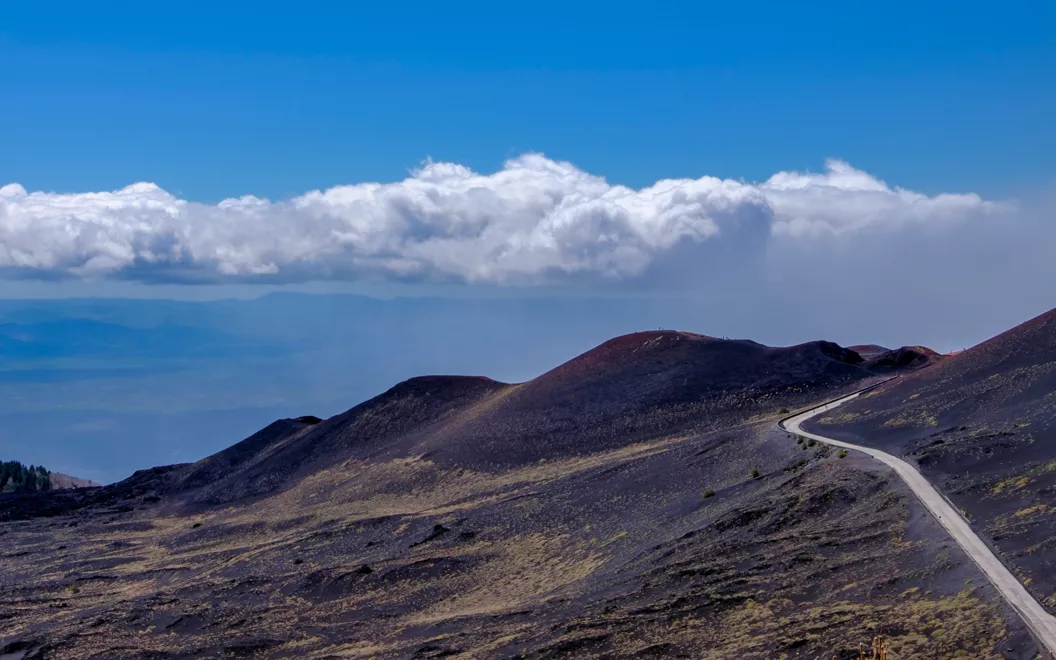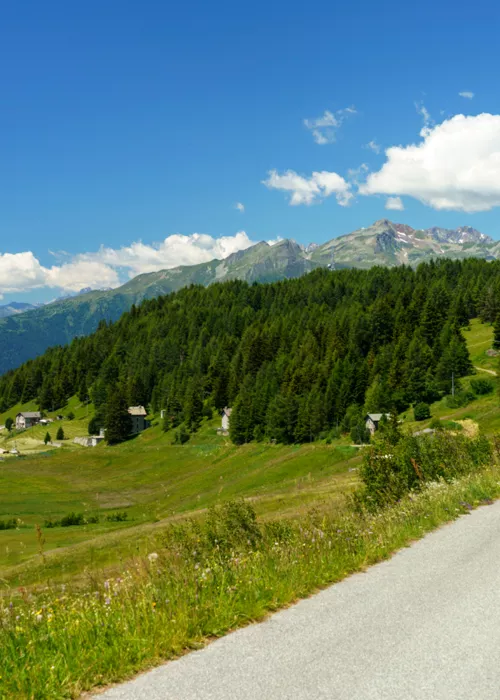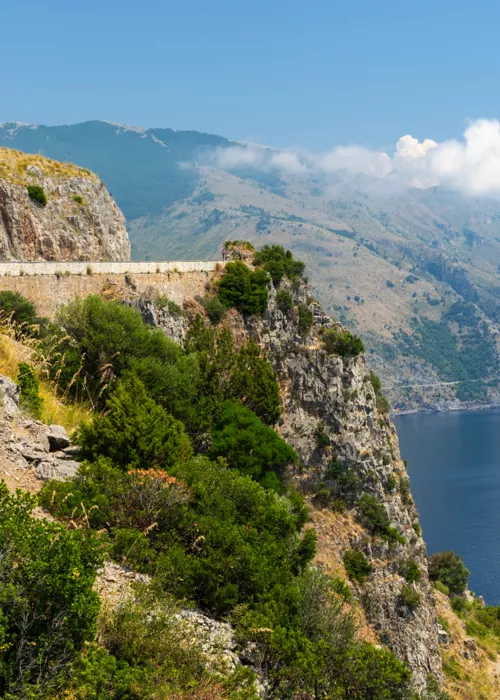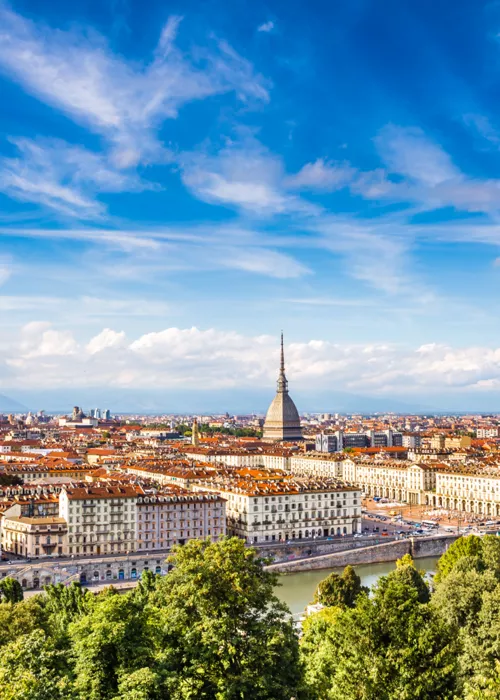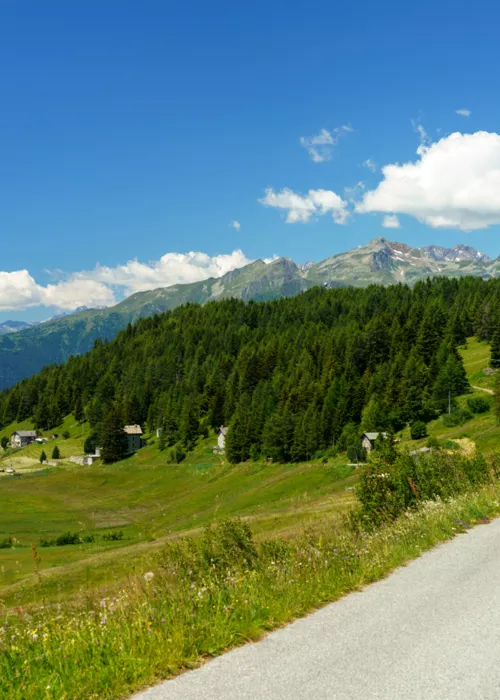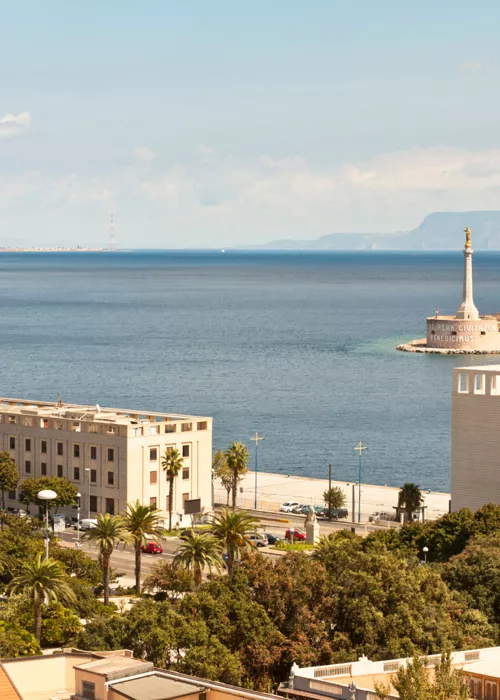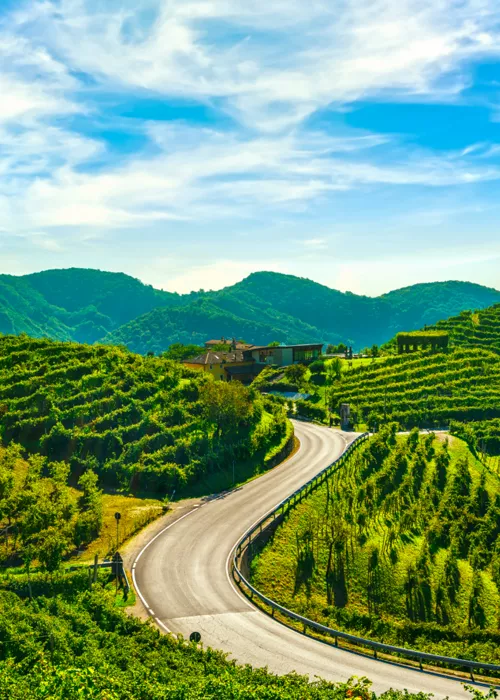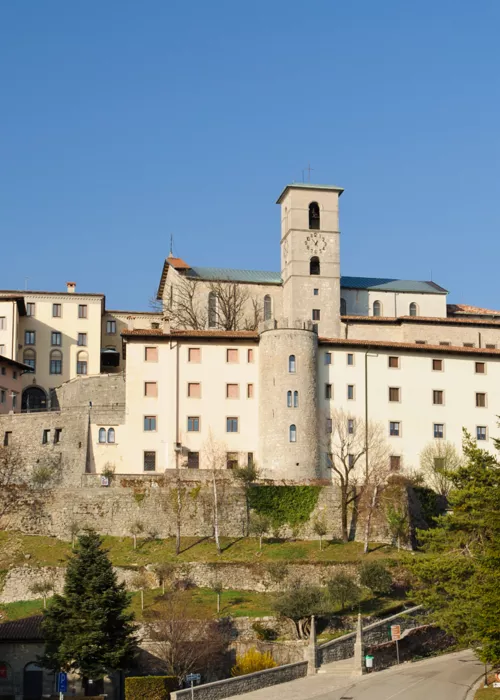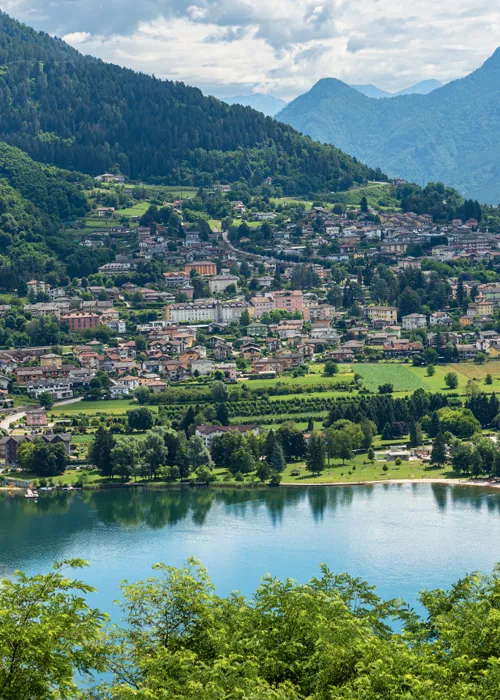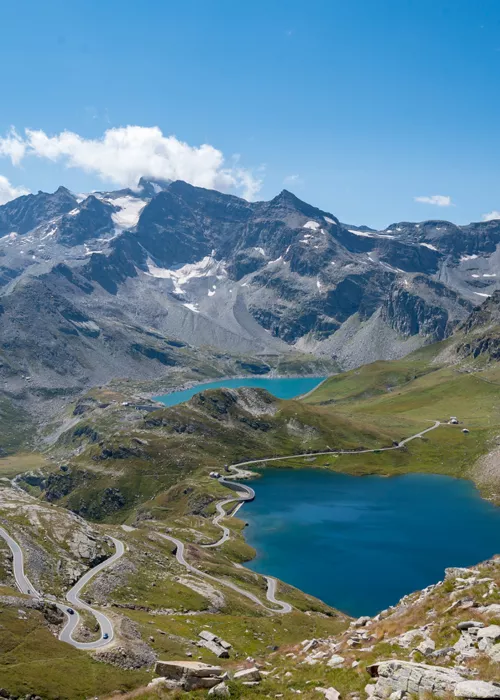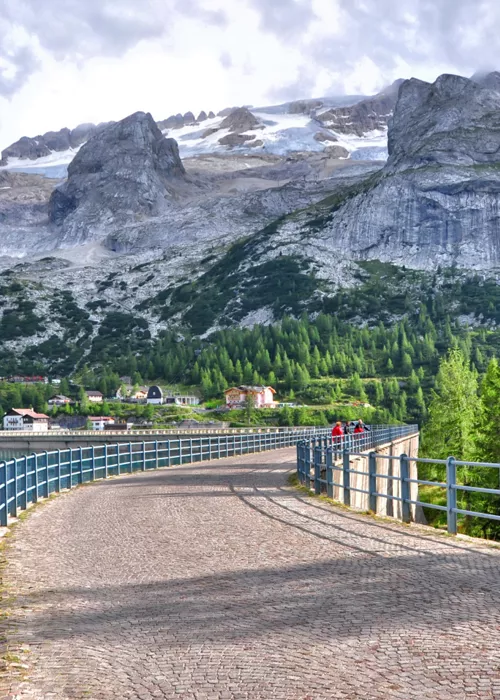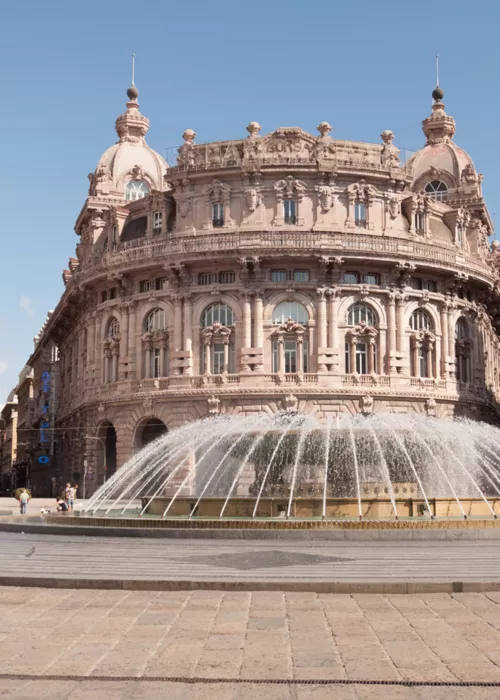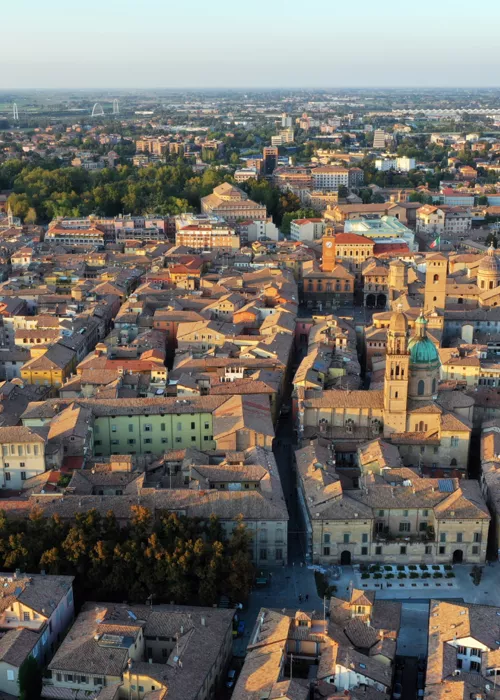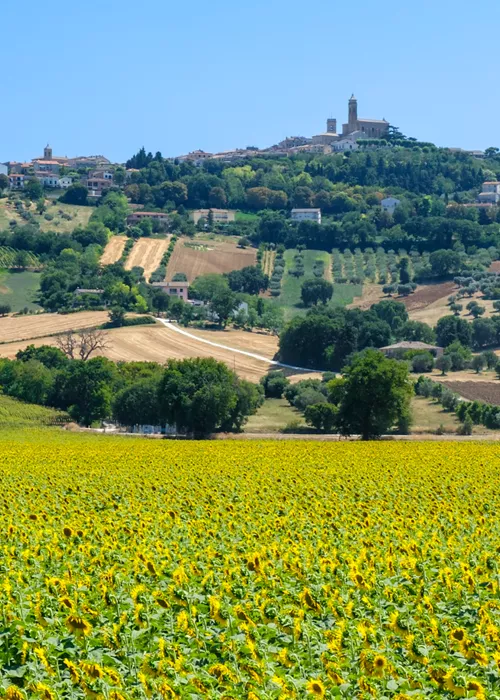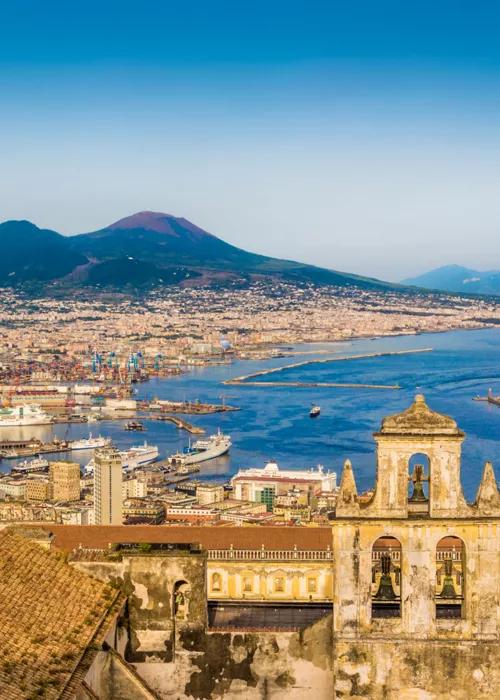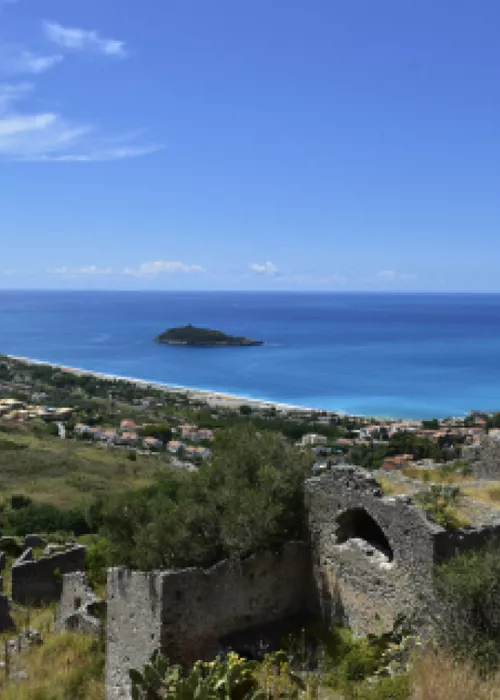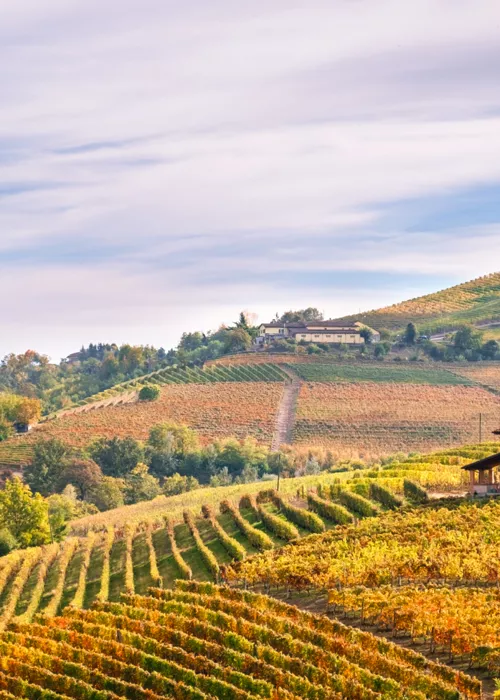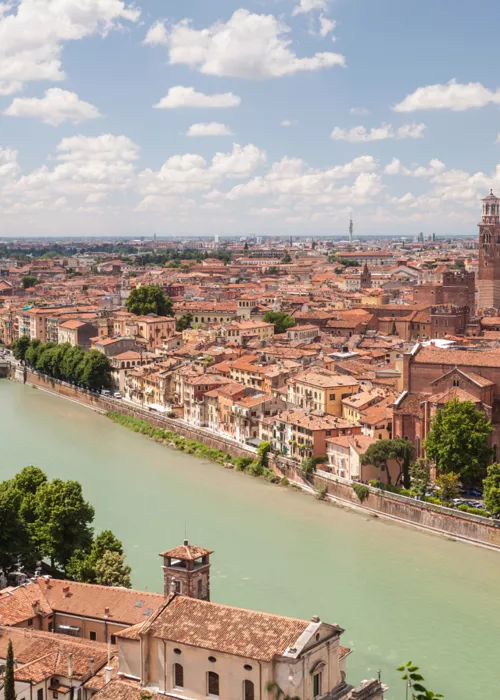Avola and Noto, taste and wonder hand in hand

The course start is set in Avola, the town overlooking the Ionian coast. But with no hurry. While you’re here, don’t miss the chance to taste the perfect oval, that of the world-famous almonds. To these delicacies, as well as to Nero d’Avola, one of Sicily’s most renowned wines, is dedicated the Museum of the Almonds and typical products of Avola, just outside the historic centre: a journey through peasant traditions with a final tasting. Another place not to be missed is the disused tuna fishery (tonnara in Italian), perhaps at sunset, and then sit down in a small restaurant in the old fishing village. Now you can start the itinerary, which in this first stretch is flat and easy enough. Take it as a warm-up, also because after less than 10 kilometres you will arrive at another place that requires a break.
Noto, which since 2002 (along with seven other towns) has been part of the Val di Noto UNESCO World Heritage Site. The late Baroque architecture here is so explosive that it is like being in a theatre set. The Cathedral of San Nicolò, with its majestic staircase, is the image that you will keep in your heart.
Inland, surrounded by art and literature

From this point, the route turns inland with no major climbs. There are two villages where a pit stop is a must. The first is Palazzolo Acreide – 634 metres above sea level – is the village founded on the ancient Greek sub-colony of Akrai, in the upper part of the town, some remains of which are still visible. This town is another Baroque jewel (it is also part of the Val di Noto UNESCO site), so you will be fascinated by the ancient patrician palaces and churches, above all the Basilica of San Sebastiano with its elegant volutes and that of San Paolo with its Corinthian capitals. After passing the junction for Buccheri, we descend towards Vizzini, the birthplace of Giovanni Verga. Among the narrow streets of this small town, some of his novels come to life. Some examples? Palazzo Trao is the home of Donna Trao, who marries Mastro Don Gesualdo. Palazzo La Gurna is the building where the wedding banquet is held. While the Church of Santa Teresa is the Osteria where Turiddu and Alfio exchange the kiss of the challenge in Cavalleria Rusticana.
On the volcano. Or is it the moon?

Upon rolling across the plain of Catania, your gaze is caught by “a Muntagna”, which majestically awaits you. The ascent on the volcano, the gruelling climb of this first stage of the Giro d’Italia, begins in Biancavilla – 534 metres – in the foothills. It climbs up to meet the Strada Milia and, past the Astrophysical Observatory, starts the road from Nicolosi. The course runs on wide roadways, surrounded by lava flows, but the gradient often reaches 10-12%, with a 13% peak in one short section. basically, it is a stretch for trained people. However, the finish at the 1920 metres of the Rifugio Sapienza will make up for all your efforts. This is a historic building, the construction of which began shortly before the Second World War and was completed by the Italian Alpine Club after the war. In recent years, it has also become a symbol of good cuisine, a triumph of meat, caponata, parmigiana, mushroom and pistachio dishes. But it is the landscape that makes it unforgettable: look around and you will feel like you are on the moon.

